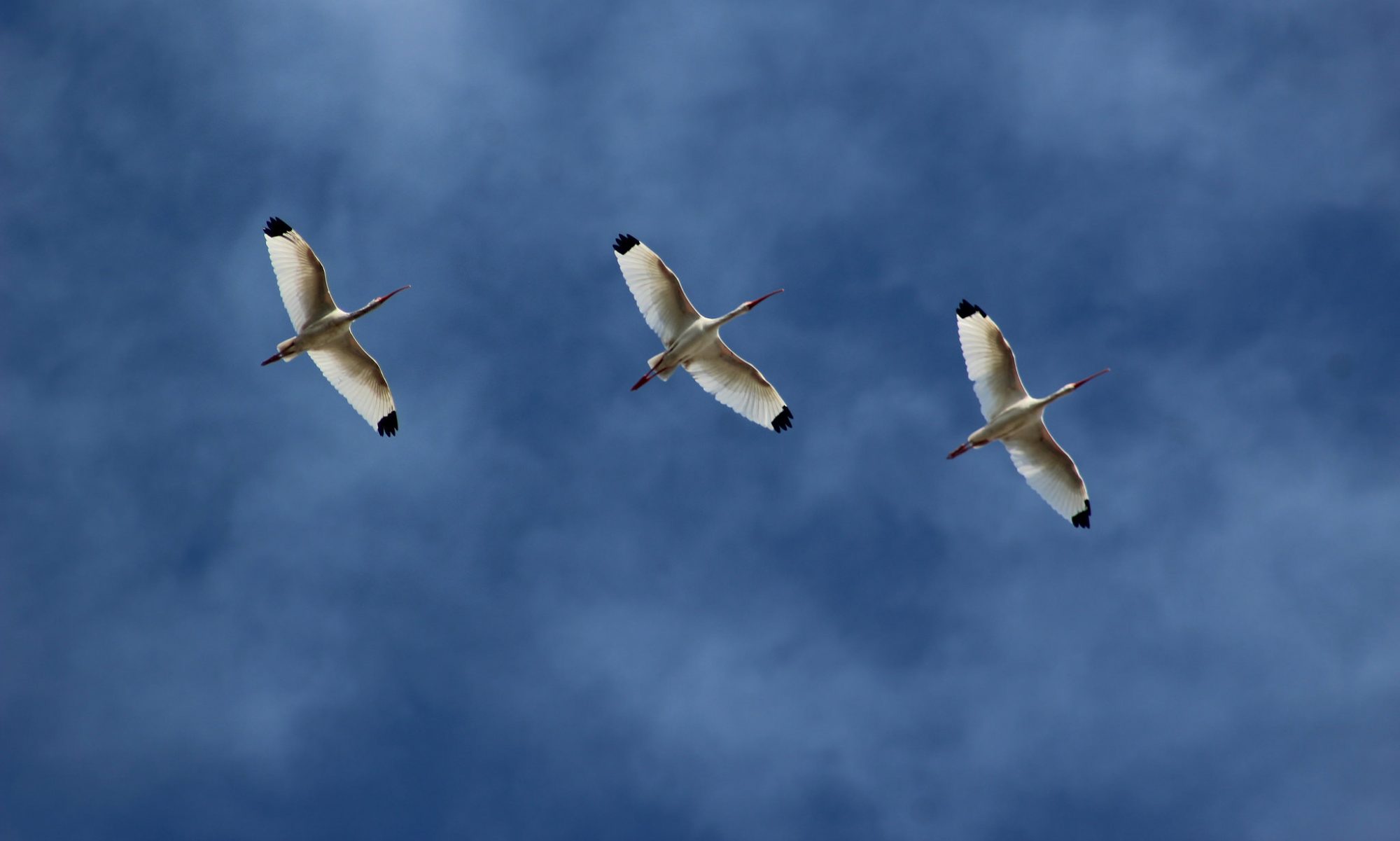Why are animals shaped differently in cooler climates than in warmer ones?
Overview
The purpose of this lab is to get students relating surface area/volume ratio to the way in which an animal thermoregulates (by using modeling clay). At the conclusion of this investigation, students should also be writing a better lab report, able to produce a XY scatter plot with a trendline, and perform a simple statistical test. They will be using modeling clay to simulate body shapes, and temp probes to monitor any changes. They may craft any shape they like, provided that 1. They can calculate the SA/V ratio of the shape, and 2. They can accurately record its temp with the probe (shapes like a long cylinder or flattened box do not work well as there is little clay surrounding the temp probe).
Outcomes: Inquiry 4Construct hypotheses to explain biological phenomena: A) Propose hypotheses that are appropriate to the given scenario or question. B) Evaluate several hypotheses to select the one which best explains observations, or is best supported by data. C) Predict what would be most likely to occur under given experimental conditions in a test of... More, Inquiry 5Design experiments to test biological hypotheses: A) Identify the dependent and independent variables, and control and experimental treatments in any experiment. B) Identify situations in which no “control treatment” is appropriate, and design an experiment where subjects are tested more than once or the experimental treatment levels take a wide range of... More, Inquiry 6Create graphs from a data set. A) Decide what type of graph is the most appropriate type to display a data set. B) Decide to which axis each variable should be assigned in order to represent a specific hypothesis properly. See materials aligned with Inquiry 6 More, Inquiry 7Use experimental results to support or refute a hypothesis: A) Interpret graphs and/or raw data with respect to a hypothesis B) Distinguish correlation from causation, and correctly attribute phenomena to biological mechanisms. C) Demonstrate how to distinguish observations/data resulting from a specific cause from those caused by random chance. D) Explain why experimental evidence... More, Inquiry 8Interpret and communicate scientific ideas effectively: A) Use the conventions of scientific writing, including images and graphs, e.g. in laboratory reports. B) Interpret and paraphrase information from valid sources, such as the textbook and the primary literature. See materials aligned with Inquiry 8 More; SA/V 1Calculate the ratio of surface area-to-volume of an object, and explain why the ratio decreases as objects get larger and increases as objects get smaller. More; Gradients 1Explain what a gradient is and the role of gradients in: A) Homeostasis B) Thermoregulation C) Osmoregulation D) Chemical reactions associated with metabolism More, Gradients 2Identify whether a chemical or energy gradient exists in new situations More, Gradients 3Indicate the direction of energy or material movement under different conditions such as: A) Chemical concentrations B) Temperature C) Permeability of membranes More, Gradients 4Indicate the relative rate of energy or material movement under different conditions including: A) chemical concentrations B) temperature C) permeability of membranes D) varied shape (surface-to-volume ratio) More; Thermoregulation 1Apply the terms endotherm, ectotherm, poikilotherm/heterotherm, and homeotherm to organisms More, Thermoregulation 6Explain how various temperature regulation methods serve to heat or cool an organism including: A) avoidance B) altering metabolic rate C) behaviorally adjusting posture, ratio of surface area-to-volume, and location D) explain how ratio of surface area-to-volume is involved in heat retention or loss More
Materials (Per lab group)
- 12.5 oz modeling clay
- Heating pads or lamps
- Ice bath
- Vernier (or similar) temperature probes
- Vernier (or similar) interface
Shaw, T.J. & French, D.P. (2018). Authentic Research in Introductory Biology, 2018 ed. Fountainhead, Fort Worth.
Assessments
Keys and additional instructor-only notes (you will be asked to sign into a Google account and request access to view instructor materials)

